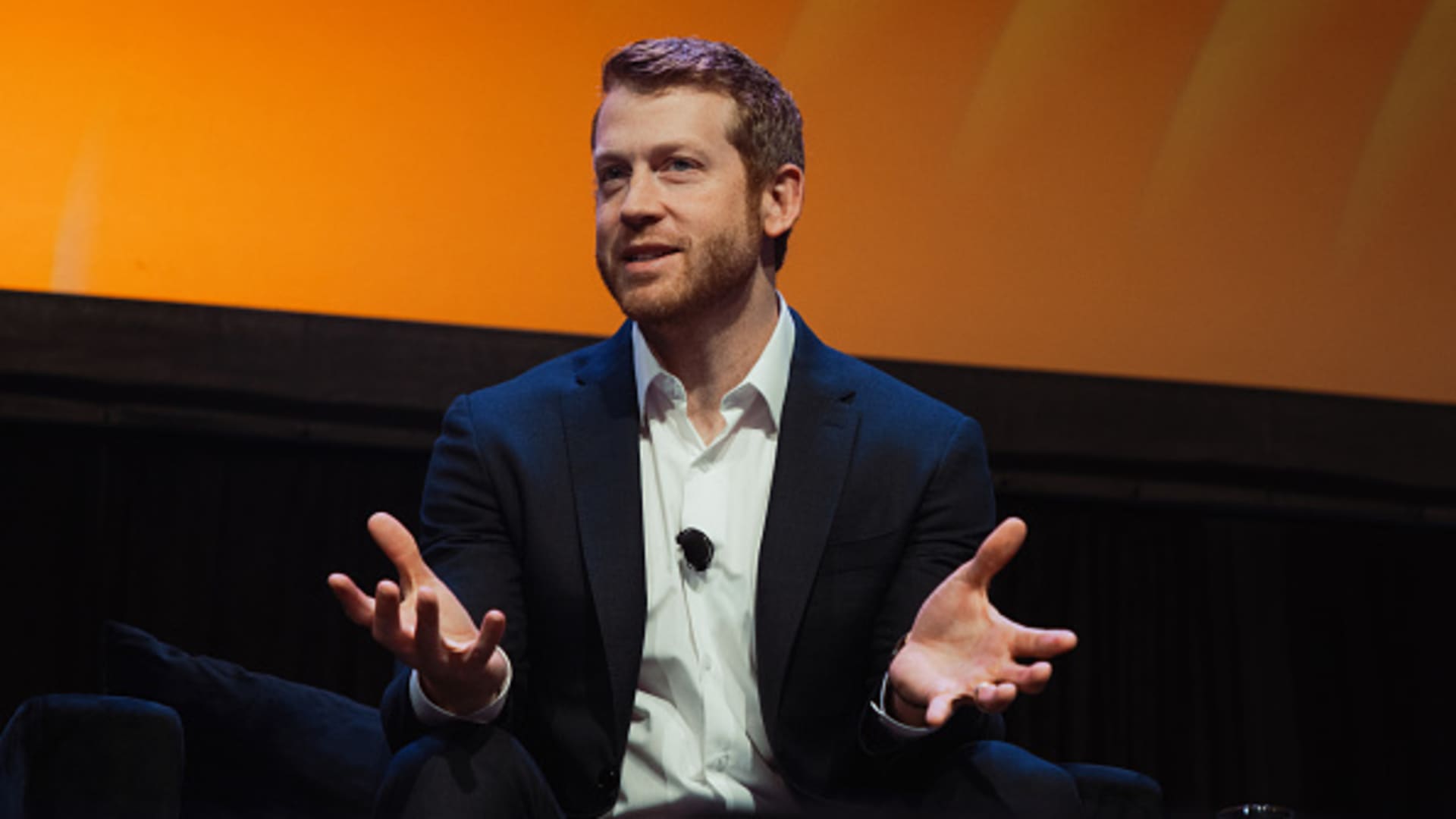
Kyle Vogt, chief executive office and chief technology officer of Cruise Automation Inc., during the South by Southwest (SXSW) festival in Austin, Texas, US, on Tuesday, March 14, 2023.
Jordan Vonderhaar | Bloomberg | Getty Images
Cruise, General Motors‘ embattled driverless car unit, said Tuesday it will pause all public road operations — both supervised and manual — in an expansion of last month’s pause of driverless operations.
“This orderly pause is a further step to rebuild public trust while we undergo a full safety review,” Cruise wrote in a blog post. “We will continue to operate our vehicles in closed course training environments and maintain an active simulation program in order to stay focused on advancing AV technology.”
The self-driving car unit has faced a barrage of safety concerns and incidents since it received approval in August for round-the-clock robotaxi service in San Francisco. Last week, Cruise announced it would recall 950 robotaxis after a pedestrian collision. In October, the California Department of Motor Vehicles suspended Cruise’s deployment and testing permits for its autonomous vehicles, effective immediately.
“When there is an unreasonable risk to public safety, the DMV can immediately suspend or revoke permits,” the California DMV said in a statement at the time.
Federal auto safety regulators are also investigating Cruise following multiple reports about pedestrian injuries.
The decision to suspend all trips on public roads comes after a board meeting Monday at Cruise’s headquarters in San Francisco. The company also announced a reorganization and more oversight from GM: Craig Glidden, GM’s EVP of legal and policy, will become Cruise’s chief administrative officer, with Cruise’s legal and policy, communications and finance teams as direct reports. Glidden will also work closely with CEO Kyle Vogt and senior leadership to “oversee the workstreams around Transparency and Community Engagement,” according to Cruise.
The company also announced that it will hire an independent “safety expert” in coming weeks to assess Cruise’s safety operations and culture, building upon its decision to hire a chief safety officer, announced last week. In addition, Exponent — the engineering consulting firm Cruise hired to analyze an Oct. 2 crash that led to a pedestrian’s critical injuries — will now be expanding its probe into a full review of Cruise’s tech and safety systems, according to the blog post.
Cruise did not immediately respond to a request for comment.
The suspension is rippling through the company. Last Thursday, Cruise announced a round of contractor layoffs.
“Cruise has made the difficult decision to reduce a portion of the contingent workforce that supported driverless ridehail operations,” a company spokesperson told CNBC Thursday in a statement. “These contingent workers were responsible for work such as cleaning, charging and maintaining the fleet, and we’re grateful for their contributions.”
One Cruise contractor, who worked for the company through Unifi and requested anonymity, told CNBC that on paper, that may have been the job description, but in actuality, they were also often in charge of reprogramming cars, physically updating cars after a software update, offloading data and more. The contractor also said that some of their coworkers found out via a sign posted about shifts being canceled, along with an email.
Cruise told CNBC on Thursday that the layoffs reflected its temporary suspension of driverless activities, and that the company planned to “continue supervised operations without passengers.” However, as of now it has suspended those operations as well.
In GM’s third-quarter earnings update, the company said it had lost roughly $1.9 billion on Cruise through September of this year.





